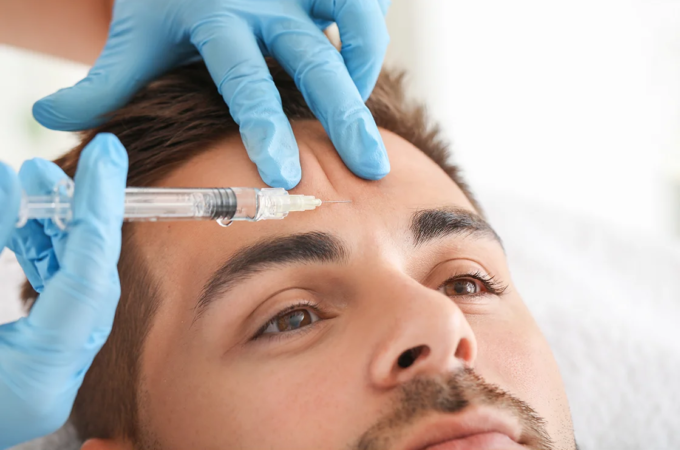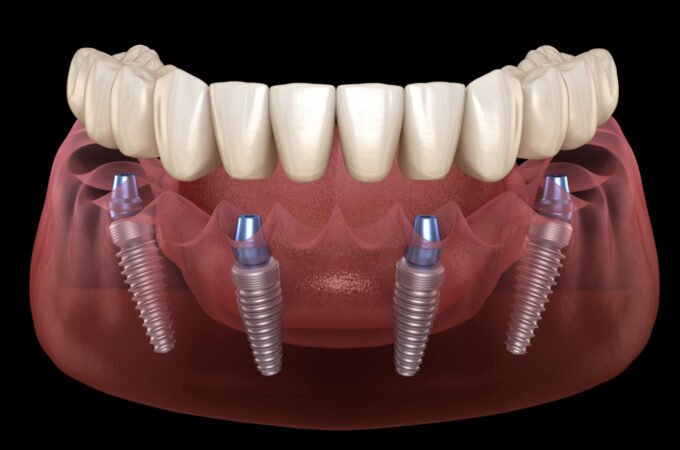
Unmasking the Complexities of Dual Diagnosis in Drug Rehabilitation
Mental illness and substance abuse have always had an intricate relationship. However, only in recent years have rehabilitation facilities begun recognizing dual diagnosis – the co-occurrence of addiction and mental health disorders. Dual diagnosis poses a hidden challenge in the journey of rehabilitation. Let’s unveil its critical yet complex role.
The Prevalence and Significance of Dual Diagnosis
Dual diagnosis means someone has both a mental health issue like depression as well as an addiction issue like alcoholism or drug addiction. This is very common – over half of people with addictions also live with a mental health condition. Take a look at the data below that shows the common mental health conditions with dual diagnosis:
Receiving quality help for dual diagnosis can dramatically transform lives. Tailored treatment helps folks work on the mental health and addiction pieces side-by-side with trained therapists. If you live in Ohio, searching for drug rehab in Dayton Ohio can connect you with localized care. Overcoming dual diagnosis leads to major personal improvements.
Treating dual diagnosis is challenging for two main reasons:
- Mental health and addiction feed each other in vicious cycles. For example, someone may drink to cope with depression, but alcohol makes their mood even worse over time.
- It’s complex for care providers to treat both the addiction and mental health parts together. Unique therapy and rehab programs are needed.

Hurdles to Identification
Spotting dual diagnosis is riddled with hurdles. As studies show, misdiagnosis rates are as high as 50%, with symptoms of intoxication, withdrawal, or side effects being taken as indicators of solely mental illness or vice versa. Denial and avoidance of the issue further compound the struggle to identify it. The maze of interconnected symptoms makes parsing out standalone disorders nearly impossible without a multidisciplinary clinical approach.
Parsing out cause and effect often takes a back seat to treating the symbiotic relationship between addiction and mental health. An integrated approach is essential.
A Vicious Cycle of Relapse
The interconnected nature of addiction and mental illness fuels an unyielding cycle of relapse. As the BMC reports, between 37% to 80% of those with dual diagnosis face relapse threats – far exceeding general population relapse rates.
Untreated depression or anxiety leads to continued self-medication with substances. This is because co-occurring disorders amplify each other’s distressing effects. Self-medication then worsens mood disorders due to substance toxicity – begetting more severe addictive cravings over time.
A traumatic or stressful life event can further trigger relapse in vulnerable dual-diagnosis clients – as they lack healthy coping skills. Losing a job, conflicts at home, financial stress, or physical health diagnoses can all become the tipping point.
Without dual diagnosis-focused rehabilitation support, even brief substance use can accelerate into full-blown relapse. And each relapse episode becomes more challenging to recover from. This is why reputed treatment centres like McLean Hospital emphasize developing customized relapse prevention plans addressing every possible trigger.
Neglecting co-occurring disorders also has significantly detrimental societal effects. Homelessness, hospitalizations, legal issues, and unemployment are common ripple effects. The burden on public health is staggering too – with untreated dual diagnosis costing up to 68% more in healthcare spending than singular disorders (NIDA).
Relegating mental health issues to the backburner during rehabilitation has dramatic consequences at individual and collective levels. Integrated treatment is indeed our best hope in this context.
Integrated Treatment – A Game Changer
Simultaneous treatment of both disorders improves functionality and quality of life exponentially.
- Hospitalizations reduced
- Increased sobriety rates
- Higher social stability
- Lower legal consequences
An alliance between psychiatrists, therapists, and addiction medicine specialists provides comprehensive care. Cognitive Behavioral Therapy is particularly effective – with success rates up to 60%. Integrated treatment paves a path to recovery like no other.
Treatment Challenges – High Dropout Rates
Yet, integrated treatment comes with its complexities. Alarmingly, 70-80% drop out prematurely due to the inability to cope with protracted withdrawal symptoms and a lack of social support systems.
Comprehensive long-term care is pivotal to giving clients the best shot at recovery. Access barriers like insurance constraints for residential dual-diagnosis treatment centers further hamper progress. Tackling these obstacles is key.

Tales of Triumph Over Dual Diagnosis
While the road to recovery from co-occurring disorders is undeniably rocky, many still make it to the other side. Their stories ignite hope and possibility for those still finding their way. Let’s look at two shining examples.
Mindy Kaling
Famed for writing and starring in “The Mindy Project“, comedian Mindy Kaling has been vocal about her trials with clinical depression, anxiety, and substance dependence. She described how her mounting addictions and emotional health issues resulted in her feeling “so out of control” before seeking help. The integrated treatment helped her “reset everything” and take back agency over her health.
Today, Mindy is thriving personally and professionally – even releasing a book titled “Why Not Me?” about self-confidence. By boldly sharing her recovery journey, Mindy makes space for others facing similar struggles with stigma and shame.
Demi Lovato
Global pop icon Demi Lovato inspired millions when she shared her story after a near-fatal 2018 drug overdose. Demi was struggling with severe depression, an eating disorder, self-harm urges, and addictions – a distressing dual diagnosis combination. After rehabilitation at Timberline Knolls, Demi regained control of her mental and physical health.
While Demi later relapsed, she remained outspoken about the realities of battling dual disorders. From discussing relapse prevention strategies to advocating for accessible dual-diagnosis treatment resources, Demi uses her platform to uplift others on their path to healing. Her authentic voice helps reduce the stigma associated with mental illness alongside addiction.
These examples, amongst numerous others triumphing over the spectre of dual disorders, ignite much-needed optimism. They remind us that integrated diagnosis and patient-focused care help conquer concurrent addiction and mental health issues over time. Most importantly, their willingness to openly share personal lived experiences sheds light on the human realities surrounding recovery – helping replace misconceptions with compassion.
Frequently Asked Questions
1. What is the most common mental illness paired with addiction?
Depression and alcohol use disorders tend to coexist in nearly 20% of dual-diagnosis cases, making it one of the most common combinations (NAMI). The numbing, escapist effects of alcohol make it the substance of choice to self-medicate emotional anguish. But it also worsens depressive symptoms. Effectively tackling both conditions is vital for favourable outcomes.
2. How can families support recovery?
NAMI finds that active family involvement in treatment can increase recovery success rates by 60%. Interventions like attending counselling sessions together, group education programs, learning coping techniques, and establishing healthy boundaries make a dramatic difference. Most importantly, replacing frustration with empathy and open communication is key. Recovery is a journey shared by all.
3. What new treatment approaches show promise?
The dual diagnosis field is dynamically evolving. Mindfulness-based therapies that build emotional regulation skills are gaining popularity. New molecular targets for medication-assisted treatment (MAT) hold promise as well. Precision approaches like pharmacogenetic testing help match specific medications to individual neurobiology. Telehealth increases accessibility too. Staying updated on innovations is recommended.
Conclusion
Unravelling the tangled web of dual diagnosis requires awareness and nuanced care. Early integrated diagnosis and treatment is crucial, alongside addressing complex psychosocial needs. By arming ourselves with knowledge, mustering empathy, and invoking hope, we can unravel the veil shrouding this sensitive terrain.
The ultimate goal is to support those struggling with co-occurring disorders in rediscovering their inner light. Their resilience and willingness to seek help ignite possibilities not only for themselves but also for the collective consciousness.




